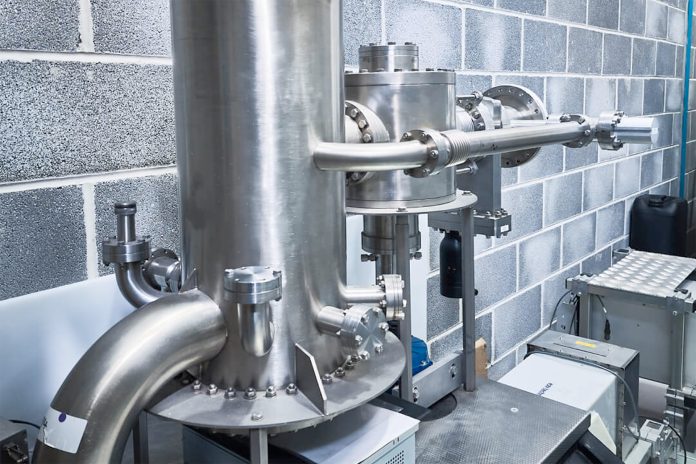Astral Systems, a UK-based private commercial fusion company, has announced a significant step toward the commercialization of fusion energy: the successful breeding of tritium within its own operational fusion reactor. The achievement was made in collaboration with the University of Bristol during a 55-hour Deuterium-Deuterium (DD) fusion irradiation campaign in March. This marks what the company claims is the first instance of a private fusion firm using its own reactor to generate tritium, a rare but essential isotope used in nuclear fusion reactions.
Tritium, combined with deuterium, forms one of the most promising fuel pairs for nuclear fusion due to its high energy output. However, tritium is extremely scarce in nature and must be produced artificially. Breeding tritium effectively and economically has remained one of the biggest barriers to making fusion power a practical energy source.
“There’s a global race to find new ways to develop more tritium than what exists in today’s world – a huge barrier is bringing fusion energy to reality,” said Talmon Firestone, CEO and co-founder of Astral Systems. “This collaboration with the University of Bristol marks a leap forward in the search for viable, greater-than-replacement tritium breeding technologies. Using our multi-state fusion technology, we are the first private fusion company to use our reactors as a neutron source to produce fusion fuel.”
A unique approach to fusion
At the heart of Astral Systems’ tritium breeding success is its proprietary Multi-State Fusion (MSF) technology, which has been in development for 25 years and operating for more than 15 years. This reactor design incorporates insights from recent stellar physics research and combines two fusion mechanisms in a single system. It supports both plasma fusion and lattice confinement fusion (LCF)—a concept first observed by NASA in 2020.
LCF allows the reactor to reach solid-state fuel densities 400 million times higher than those found in typical plasma fusion systems. Additionally, the reactor includes an electron-screened environment that lowers the Coulomb barrier between reacting particles. This makes it possible to achieve fusion at temperatures several million degrees lower than in conventional reactors, reducing energy demands and enabling more compact and efficient systems.
Astral’s reactor also utilizes a lithium breeder blanket—a critical component in the tritium production process. When exposed to high-energy neutrons generated during fusion, lithium can undergo nuclear reactions that result in the formation of tritium. The real-time detection of tritium during the March experiment confirmed the effectiveness of this integrated system.
Implications for the fusion sector and beyond
Producing tritium directly within the fusion reactor is considered a key step toward creating a sustainable fusion energy cycle—one where the system generates more fuel than it consumes. Without reliable tritium breeding, fusion energy would remain dependent on limited tritium reserves or external sources, both of which pose logistical and economic challenges.
Astral Systems’ success may have broader implications beyond energy generation. “As we progress the fusion rate of our technology, aiming to exceed 10 trillion DT fusions per second per system, we unlock a wide range of applications and capabilities, such as large-scale medical isotope production, fusion neutron materials damage testing, transmutation of existing nuclear waste stores, space applications, hybrid fusion-fission power systems, and beyond,” the company stated.
Professor Tom Scott, who led the team from the University of Bristol, emphasized the broader value of the work. “We’re now pushing to quickly optimise our system to further enhance our tritium breeding capability,” he said. “This landmark moment clearly demonstrates a potential path to scalable tritium production in the future and the capability of Multi-State Fusion to produce isotopes in general.”
Looking ahead
While still in early stages, Astral Systems’ demonstration suggests progress in one of the most persistent challenges in fusion technology. By leveraging a dual-state fusion system with built-in tritium breeding, the company hopes to pave the way for more self-sustaining and commercially viable fusion reactors. Continued research and optimization will be needed, but the recent test marks a notable step toward practical fusion applications.
Source: Astral Systems



